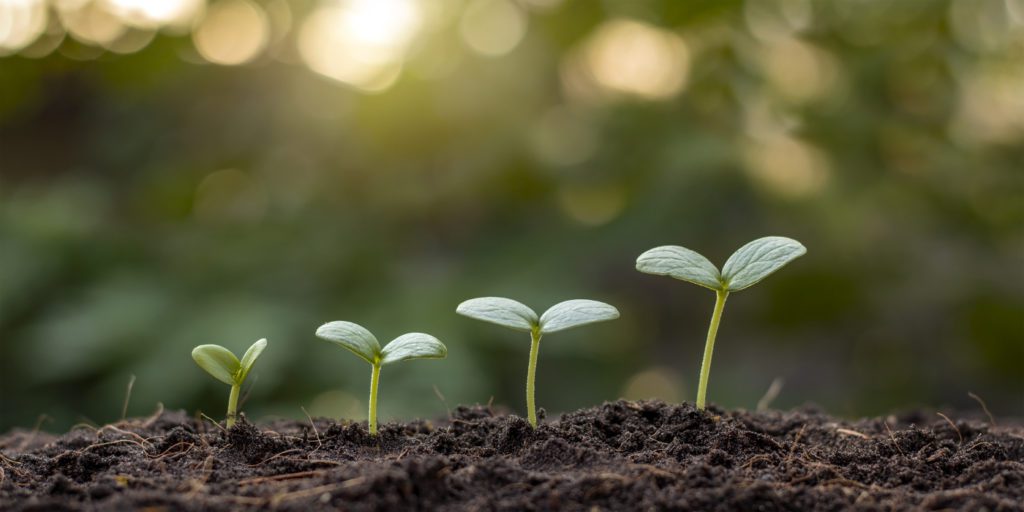My previous column revolved around the microscopic world of the soil microbiome and how our technology positively influences it. We explored the activities of microbes, their role in soil respiration, and the direct benefits that stem from their activity. Of course, those processes are invisible to the naked eye. It’s key to understand the tangible outcomes of the microbiome’s actions and what good soil quality actually looks like to the human eye.
Microbes play a crucial role in shaping the visible health of our soil. This manifests as numerous different qualities that to us translate into “healthy” soil. In fact, the Soil Health Institute has identified three key measurements as crucial indicators.
- Soil aggregation. Microbes produce substances that bind soil particles. This not only aids in water retention and mitigating compaction but contributes to carbon sequestration — larger aggregates safeguard carbon, locking it away more effectively.
- Increased soil organic matter. Soil organic matter is very important for many reasons, such as providing nutrients for crops as it decomposes. It improves soil structure, water-holding capacity, water and air infiltration rates, and reduces soil erosion. It enhances the biological diversity and activity in the soil, which can help suppress diseases and pests, and promote nutrient cycling. Finally, it acts as a reservoir for carbon.
- Carbon mineralization. This is a function of soil microbial activity, and refers to the process by which organic carbon compounds, such as plant residues and other organic matter in the soil, are decomposed and transformed and nutrients are released Since the microbiome is invisible to the naked eye, it’s the tangible improvements in soil quality that resonate with growers — the measurable indicators that affirm the success of using a biological like seaweed extract.
In this era of regenerative agriculture, our seaweed extract becomes a crucial player. By enhancing natural processes within both plants and soils, it aligns seamlessly with the broader vision of holistic and sustainable agricultural practices. It’s about enhancing nature’s own toolset rather than imposing synthetic solutions on the ecosystem.
Our technology fits seamlessly into rejuvenating degraded soils, enhancing their functionality, and facilitating carbon sequestration. As we’ll explore in our next column, the potential of soils to sequester carbon is vast, offering a promising avenue for mitigating environmental concerns.









